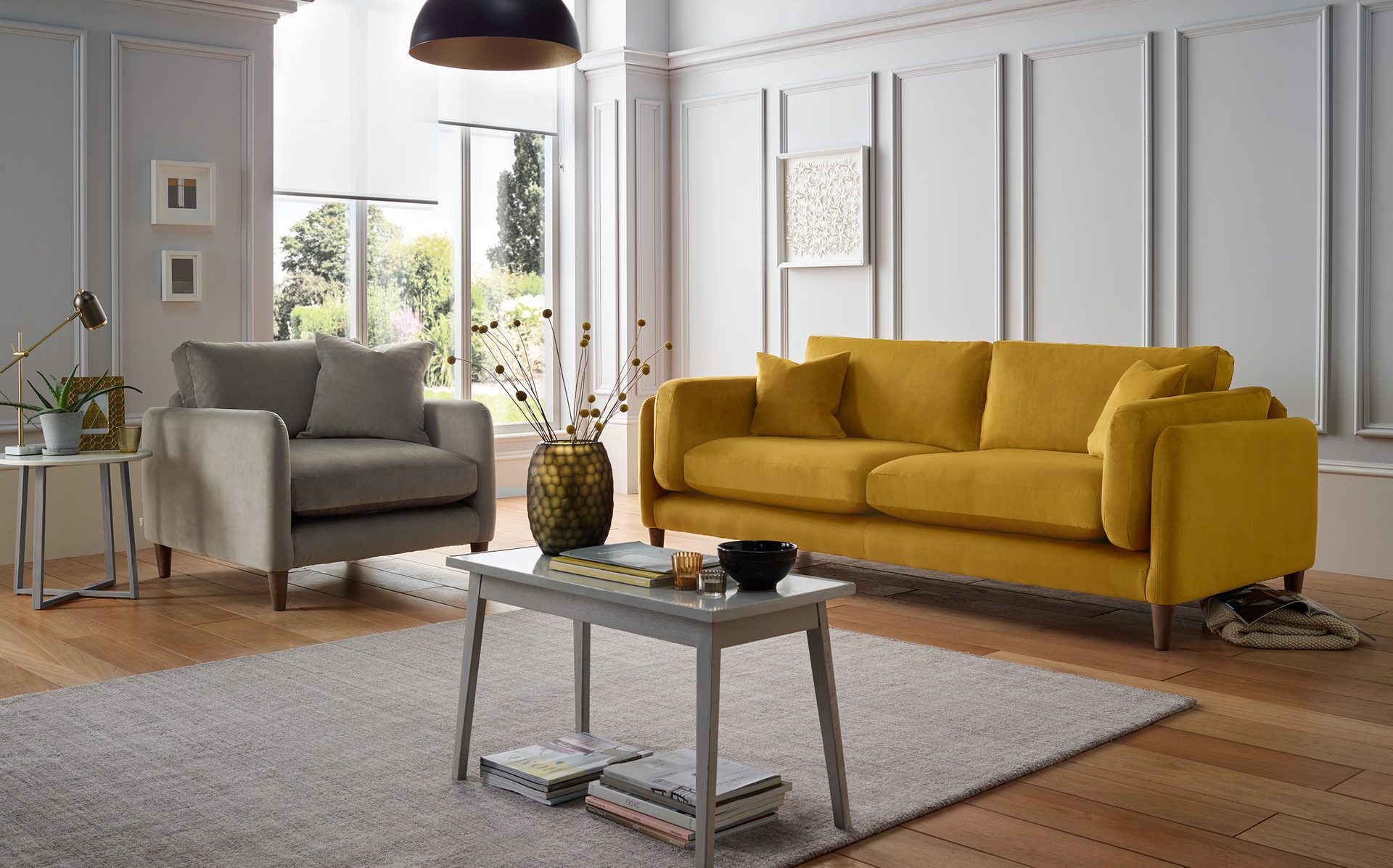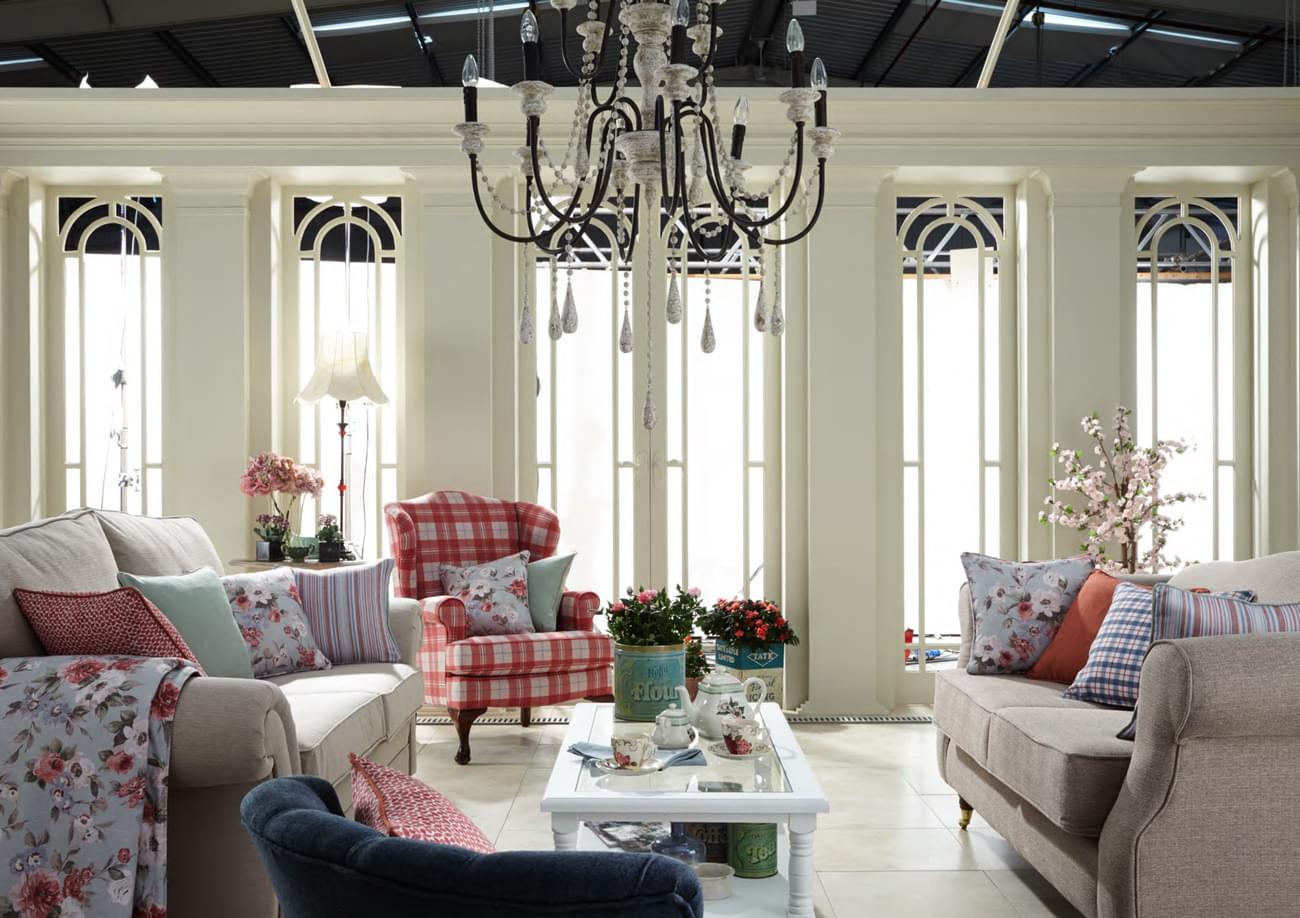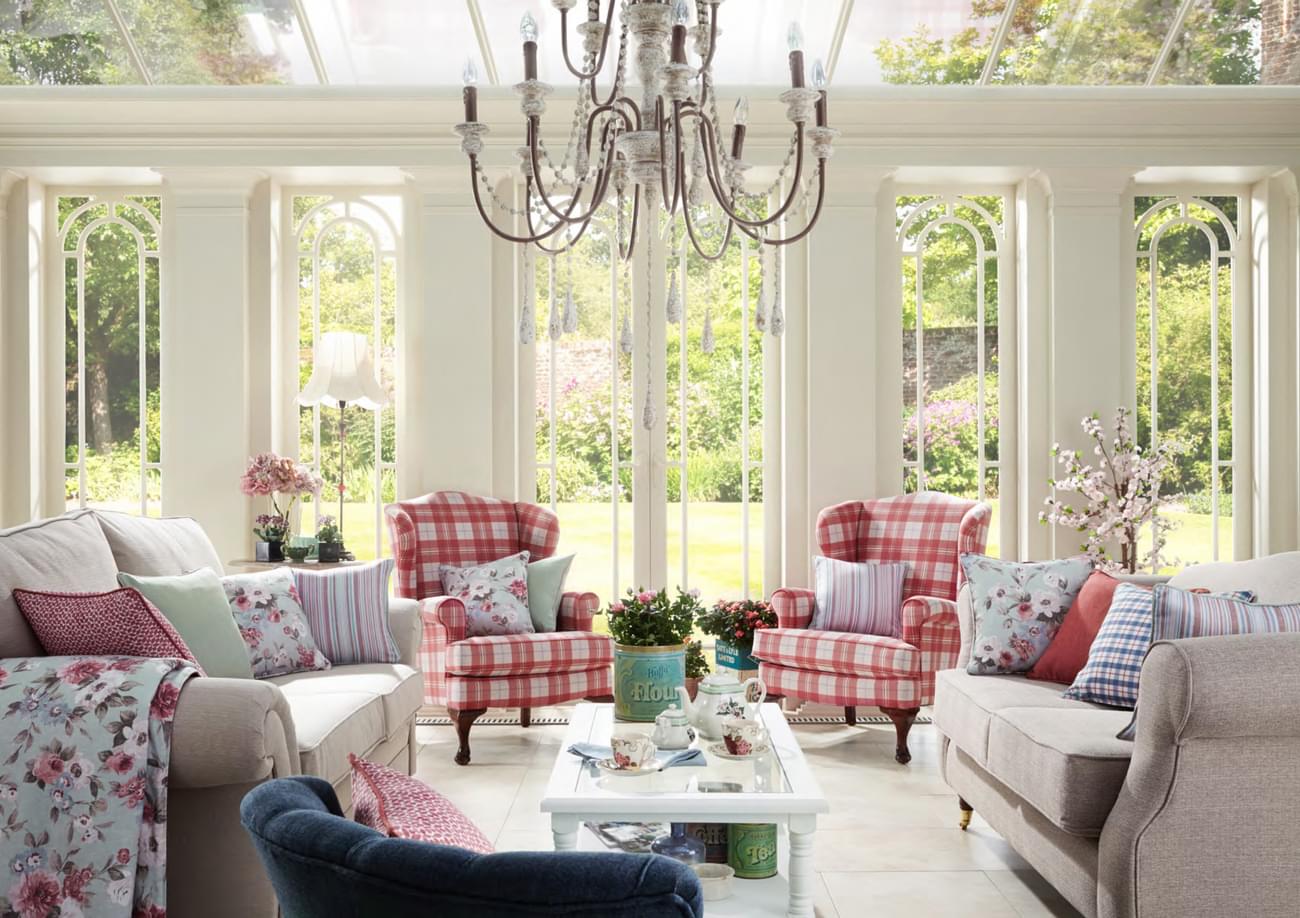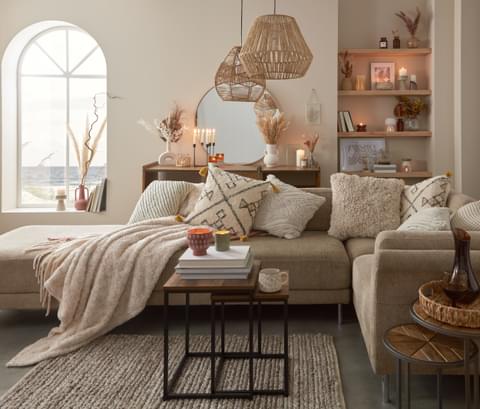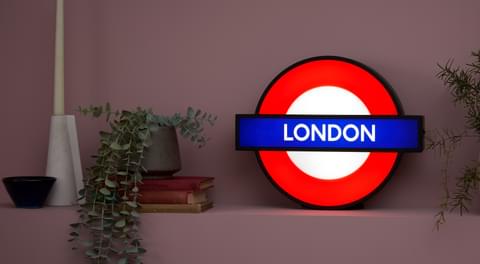Room Sets For Photography - The Complete Guide
What Is Room Set Photography?
Commercial room set photography creates lifestyle images to promote products in a complementary setting. It involves building a set in a studio to look like a real-life room. This style is most used to photograph or video furniture and home decor for ecommerce.
Products are photographed in this way to produce impactful images for advertising, catalogues, and ecommerce to help customers visualise how products will look in a lifelike setting and spark inspiration.
Photographers and stylists work together to create inspirational room sets that match the product and brand. This means that the props, decor, colours, lighting and image composition all need to be considered. After the shoot, images are often edited to enhance colours, remove imperfections, and ensure consistency across all photos.
Room set photography is a great way to show off products within marketing, and a tool to increase ecommerce sales.
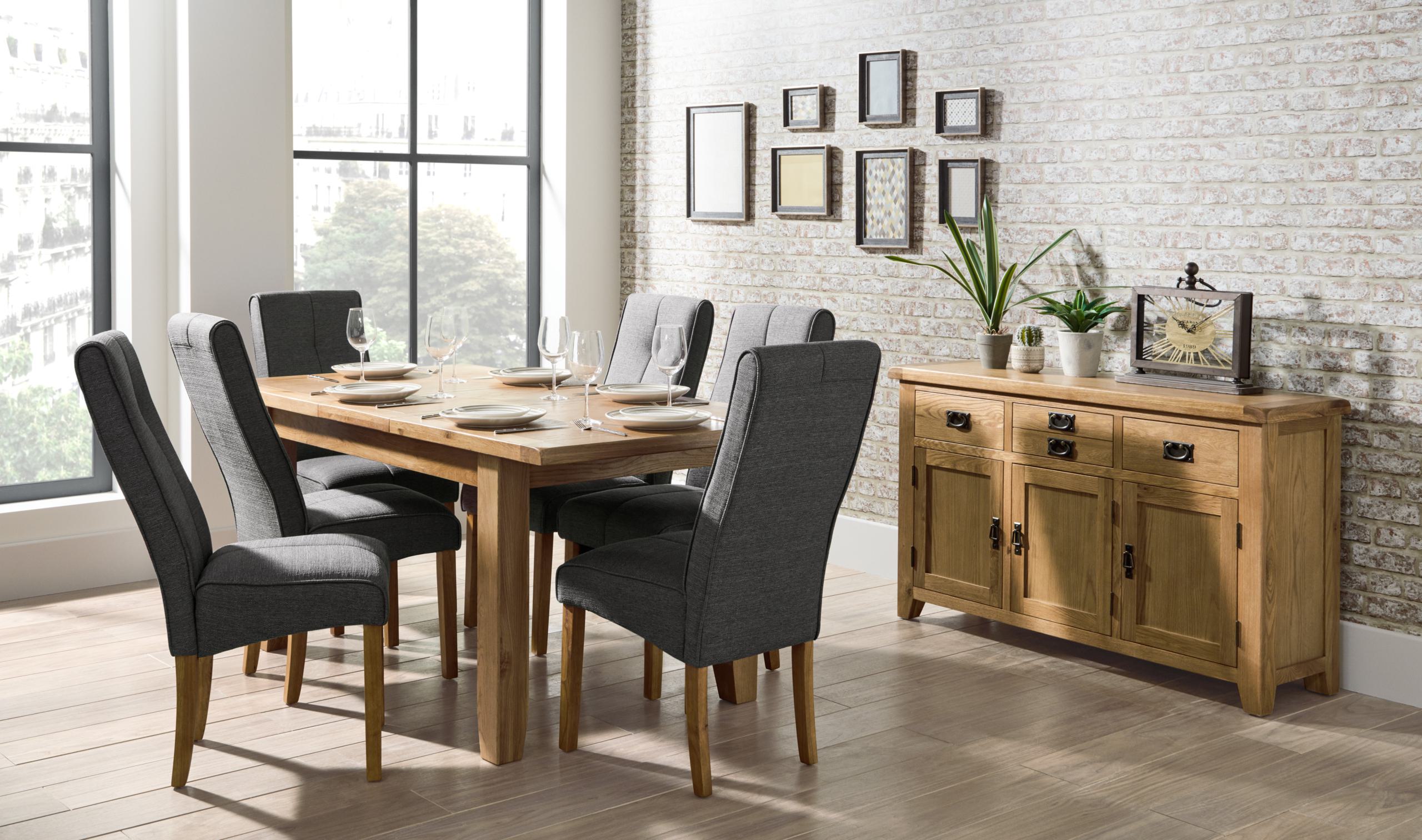
How Does Room Set Photography Help Increase Sales?
There are plenty of benefits that room set photography provides to your marketing efforts. By photographing your products in a set, you help your customers visualise how your products will look in reality. This can make it easier for them to imagine how it would fit in their homes.
You can tell a story with lifestyle photography
This style of imagery also allows you to tell a story and create a mood that your target audience can relate to. By styling the room set to reflect a specific lifestyle or theme, you can evoke emotions and create a stronger connection with potential buyers. This could be a Sunday morning brunch setting, a romantic evening, or a family home. Telling a relatable story through photography can be made with a small amount of planning and can have a big impact.
Highlight the features and benefits of your products
By showing ecommerce products in use in a relatable setting, you can demonstrate their functionality and versatility. Use a scenario that your product was made for if it’s functional or, surround it with decor that it was destined to complement if it’s aesthetic. You must aim to give your customers a reason to purchase – the best compositions provide inspiration and solutions.
Although still life photography goes a long way, using models is an addition that can take your project one step further if you have the budget. You can then show people interacting with your product, demonstrating features for your target demographic.
Video should always be a consideration when building your product’s marketing asset library. When it comes to demonstrating your products, a moving sequence will help fill in the gaps for the customer and make your ecommerce content more engaging.
Create strong branding with the set
Room sets also allow you to build a consistent brand image. Carefully styling room sets to align with your brand’s aesthetic will help you to create a cohesive look across all your marketing materials. This can be the hallmark of an effective commercial ecommerce photo shoot.
Build emotion into your marketing
A set can help you create compelling visuals that not only showcase your products effectively, but also connect with your audience on an emotional level. Marketing is becoming more about making your customers feel a certain way, with your product being at the centre of this emotion. That’s why brands such as Coca-Cola, John Lewis and Cadbury have memorable advertising campaigns.
Inspire your customers
Room set photography allows you to engage your ideal customers by inspiring them with interior design ideas. Position your product as a perfect fit for their taste in style by keeping up with the latest trends. Smaller brands can pick one style to suit all their products, whilst larger firms are able to fund multiple sets that are styled differently to segment their audience for the best impression.
Draw customers in with your photography
With your product immersed in high-quality, visually appealing decor, your lifestyle photos are more likely to attract attention and engage viewers. Room set images can feel less sales focussed than commercial product shots with a white background. A well designed setting can lead to higher engagement rates on social media and throughout all of your marketing channels including websites, catalogues, PR, and advertisements. By investing in room set photography, you can create effective assets for a content marketing strategy.
Which Products Work Well For Room Set Photography?
Room set photography is versatile and can be used to showcase a wide range of products effectively. However, there are some product types that are more suited to this style.
Furniture
Sofas, chairs, tables, and beds are perfect for room set photography. These larger items are the focal point of a room which allows you to position the product as the main feature. When building a set, consider how your design will surround this main element and not be too distracting.
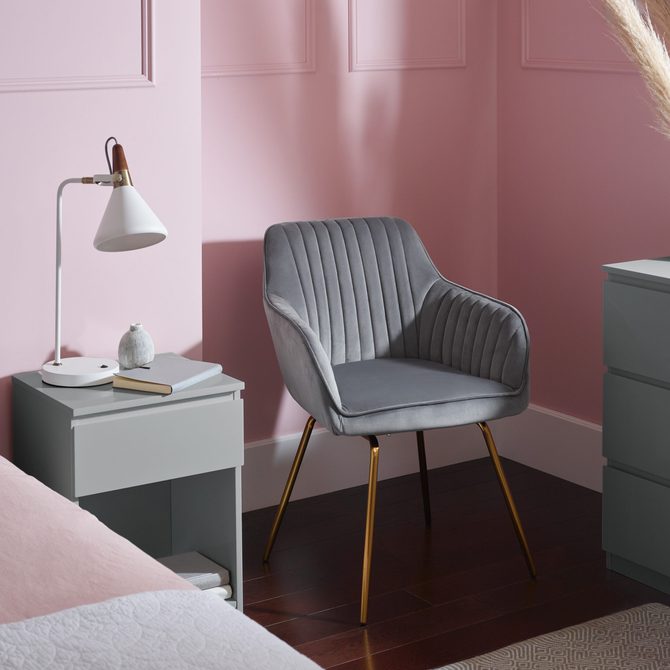
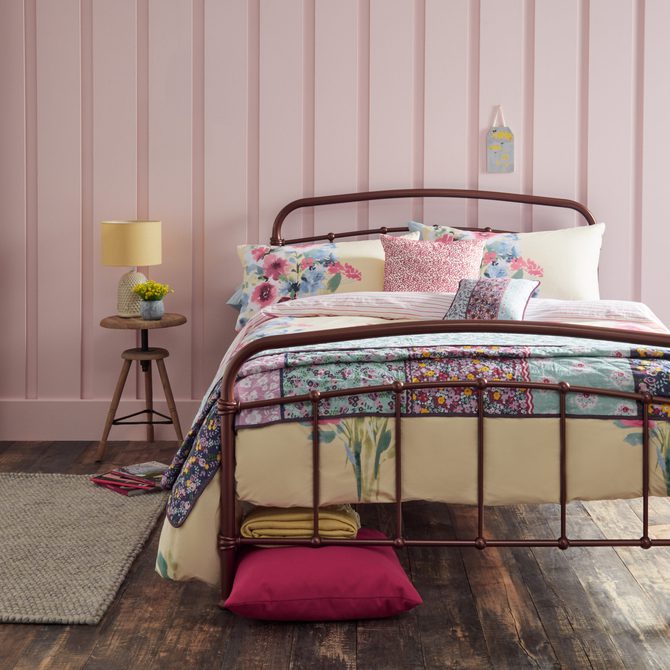
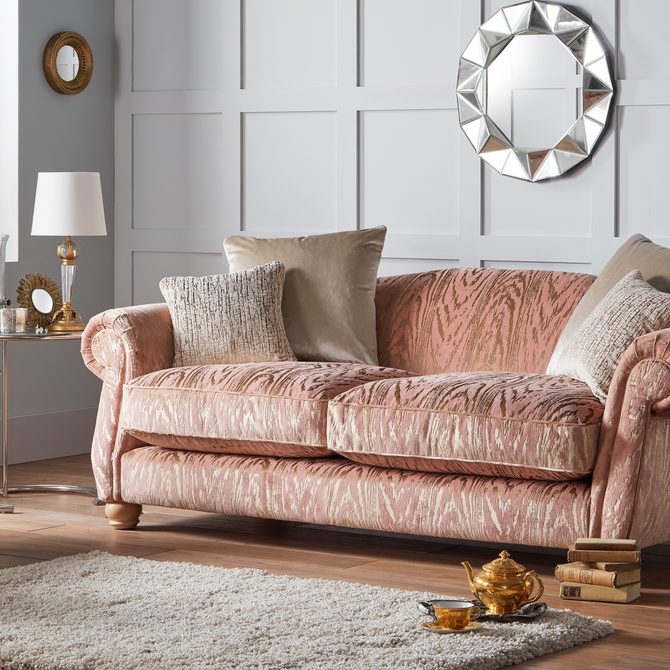
Home decor and furnishings
Products such as rugs, curtains, cushions, and wall art all create a certain style. Showcasing them in a way that demonstrates how they add value to a room helps to inspire customers. Wall coverings such as paint, wallpaper and wall tiles will all benefit from room set photography as well. This is where smaller sets can be used to save costs, however it often pays off to show these items in a wider shot to build the full picture.
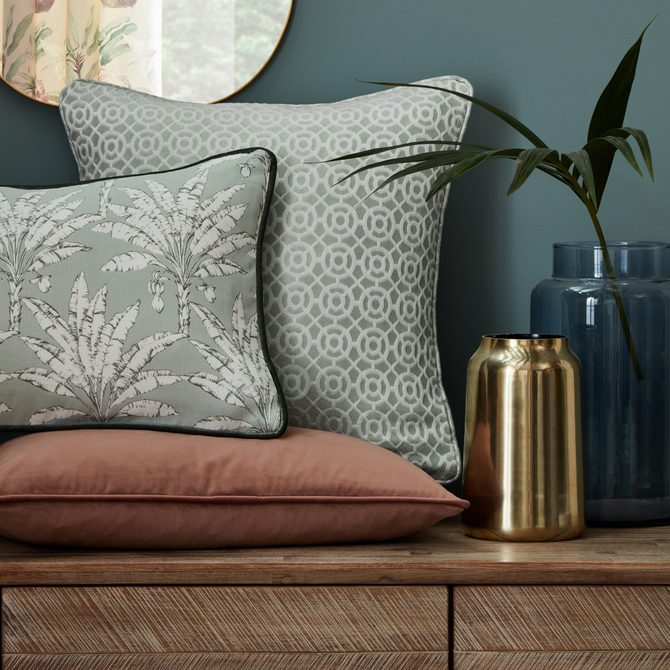
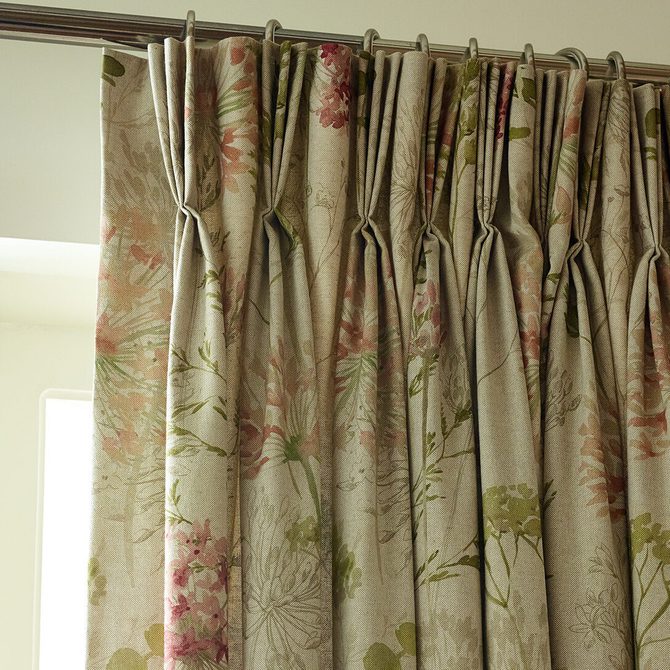

Lighting
Customers will look to purchase lamps, chandeliers, lamp shades and other lighting fixtures to evoke their preferred ambience. Therefore, demonstrating their effect in a life-like room setting can make all the difference in your marketing.
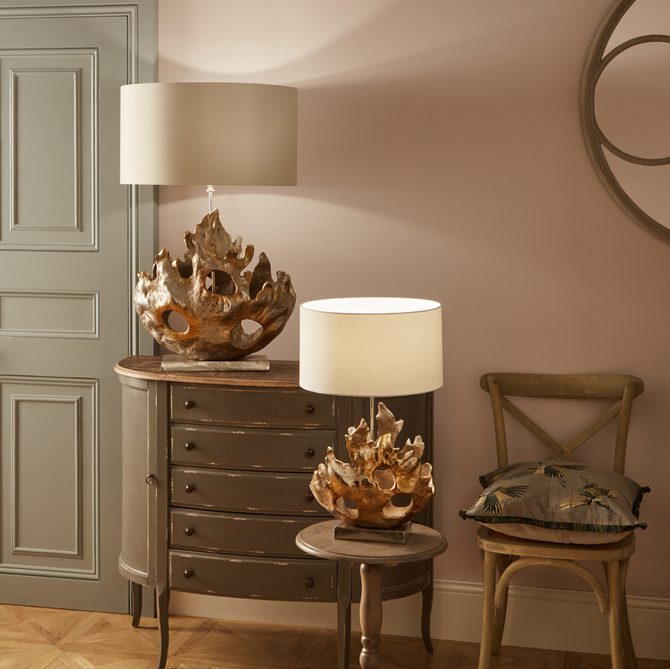
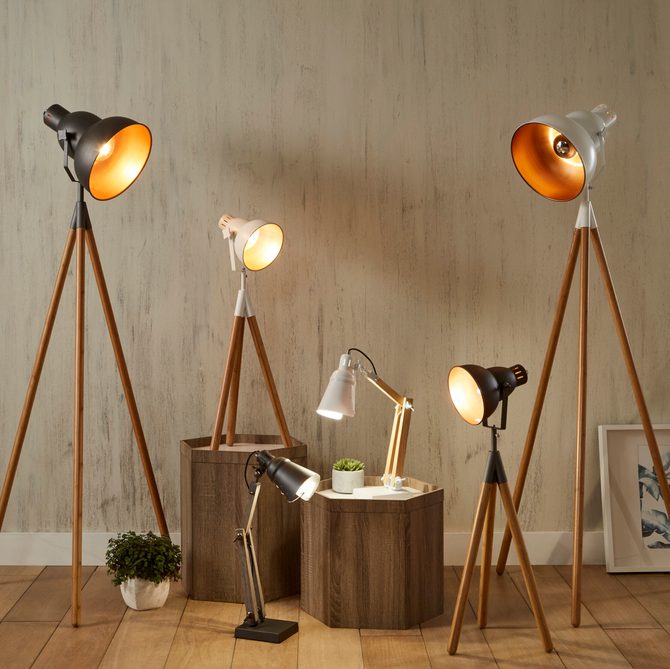

Kitchen
Cabinets, countertops, sinks, and appliances suit room set photography as it demonstrates functionality and design. Without a room set, your customers may struggle to piece together how your product will look in their home. The kitchen can be a focal point for many people, and style decisions are considered carefully. Room sets help customers make decisions, giving them reassurance that your product will match their kitchen space.
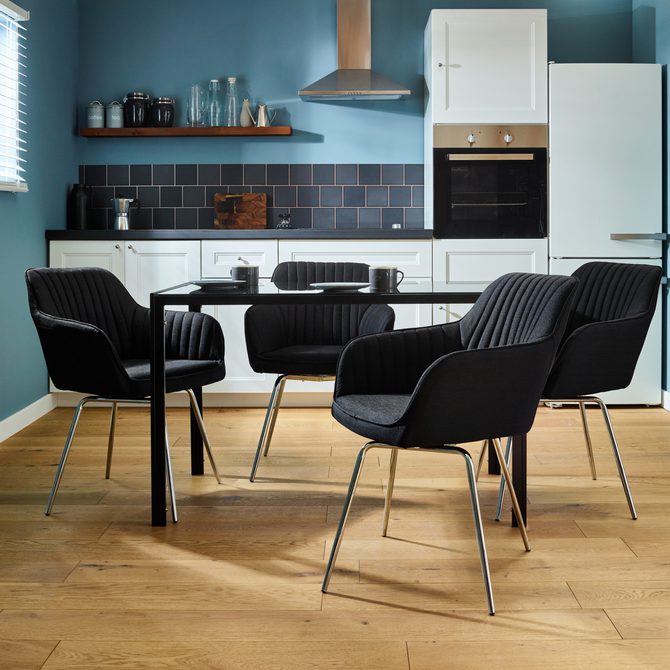
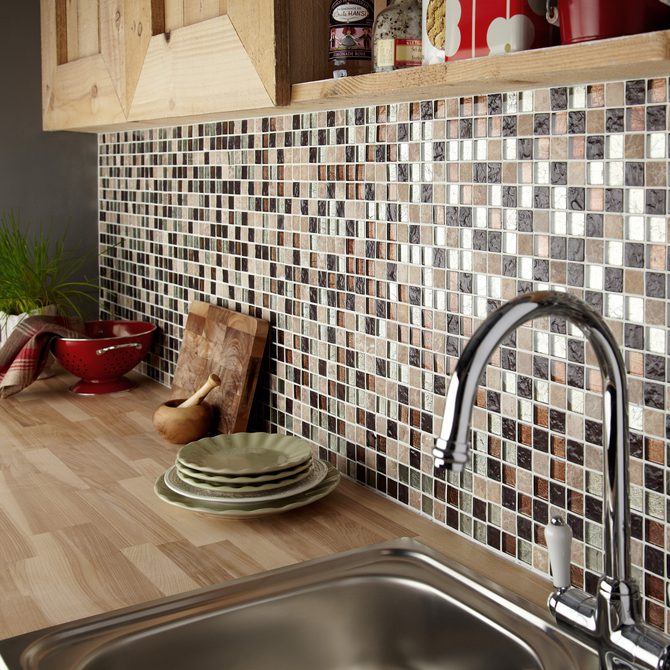

Bathroom
Customer budgets can vary significantly for the bathroom, giving brands the chance to showcase their products in immaculate style whilst segmenting their audience. The whole set should be considered from the wall tiles, mats, towels, small accessories through to showers, baths, and of course the toilet!
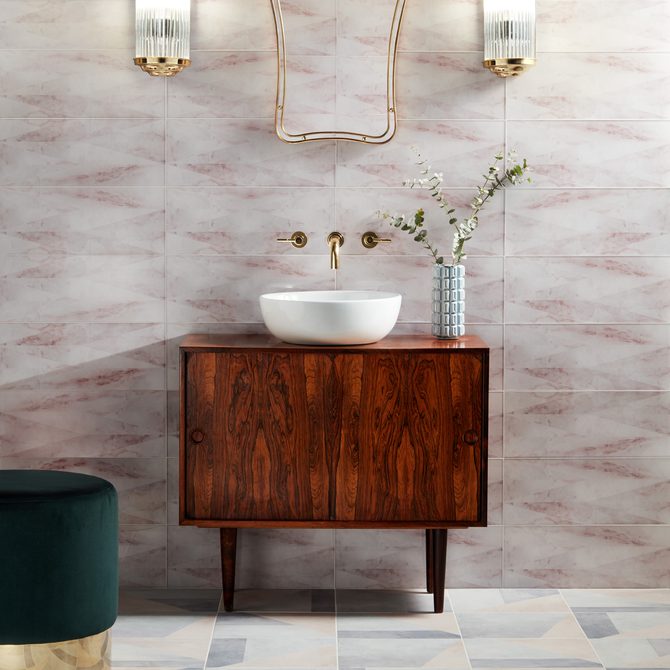
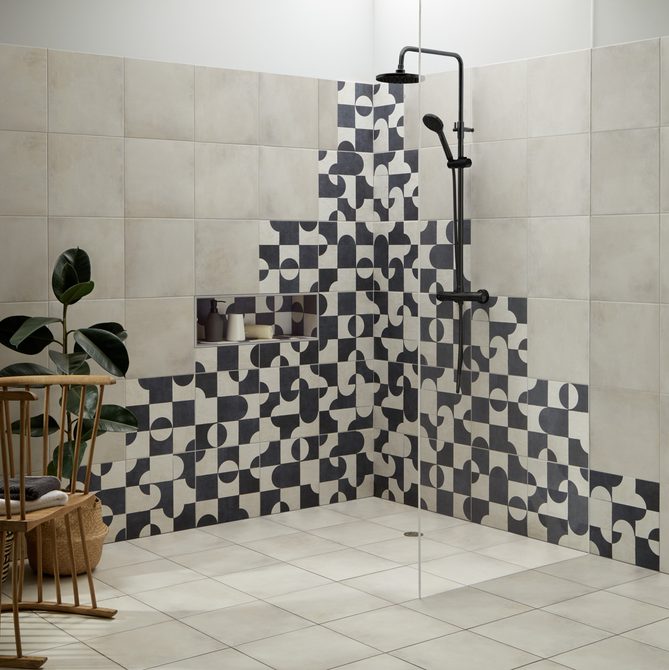
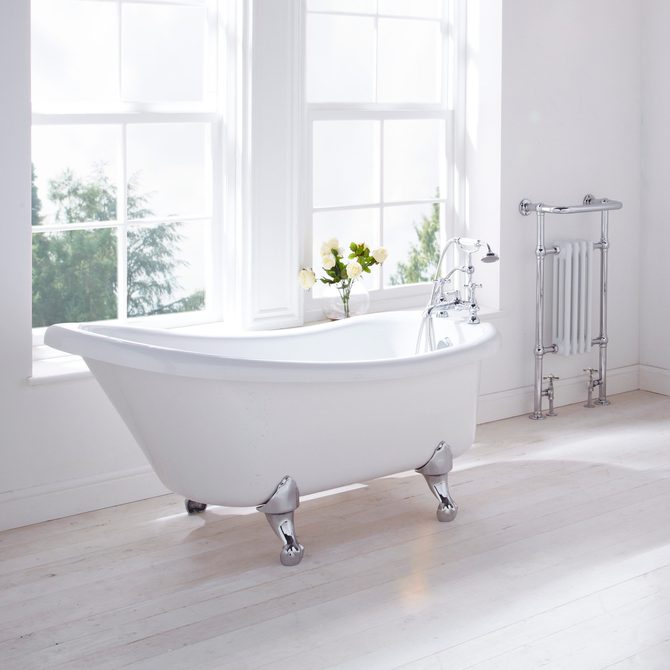
Bedding and textiles
Bed linens, throws, and blankets add texture and warmth to bedroom setups. They can also be used to introduce colour and pattern to a room. Close up shots showing the details help customers understand which product is the one being featured. Combinations with other decor is a great way to highlight the style of your product to inspire customers.
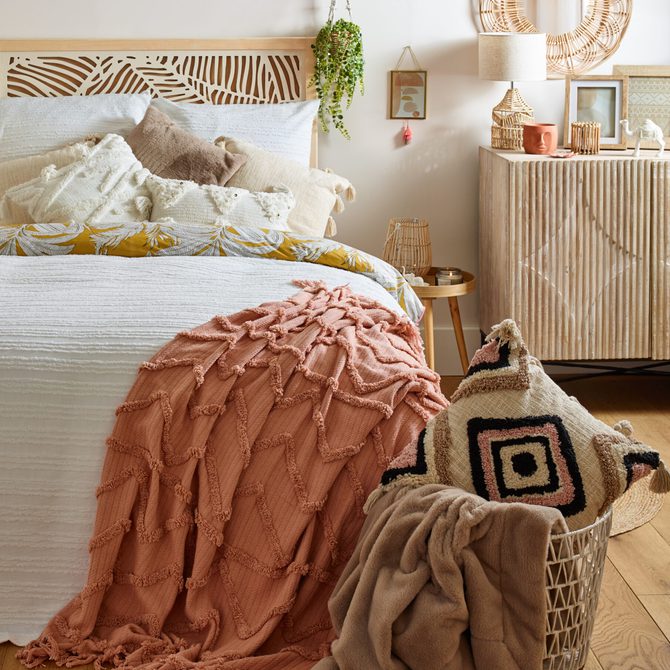

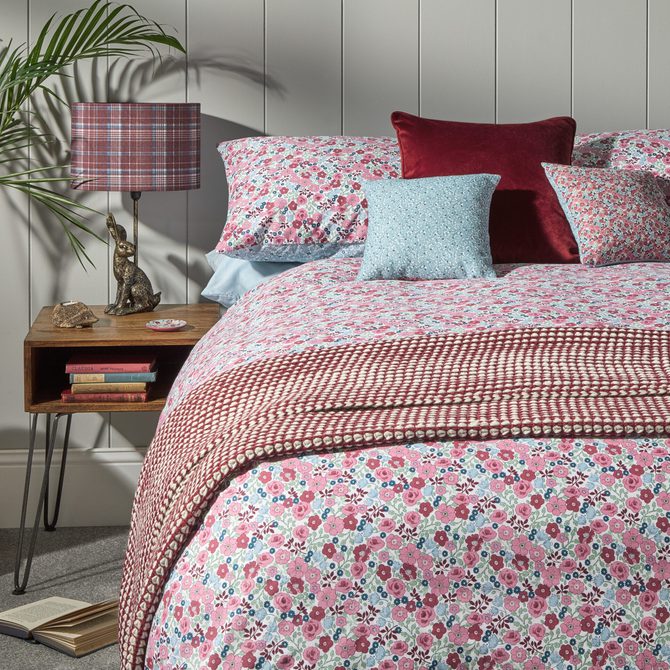
Homewares
Everyday interior products such as dishes, glassware, and kitchen utensils can be styled to show how they fit into a lifestyle setting. Although room sets can seem costly for smaller products, shooting a product range or collection of pieces can help to build a consistent bank of ecommerce assets. Tell stories of summer BBQs, festive celebrations, and get-togethers with friends with your products – emotional storylines work well here.
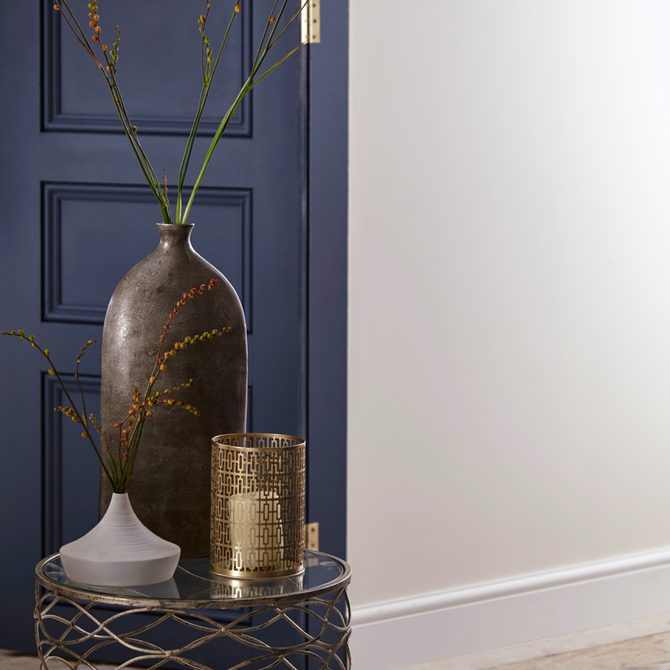
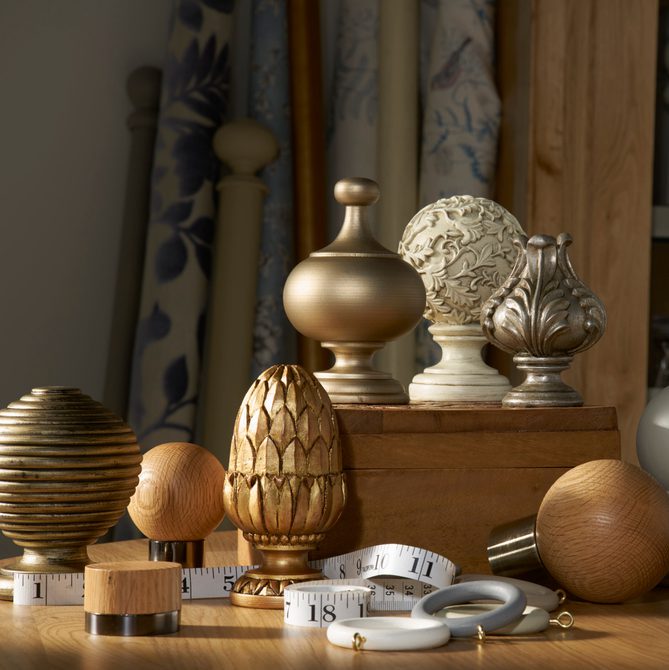
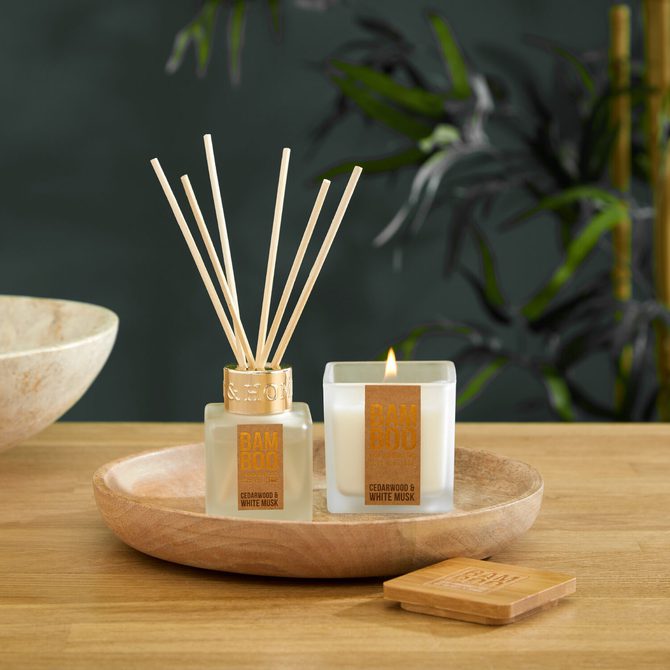
Flooring
Carpets, tiles, hardwood, lino and other types of flooring materials often require a room setting to inform customers of how they will look. Room sets can demonstrate how a product complements certain decor. Videos could also be utilised to demonstrate features such as how easy the material is to clean.
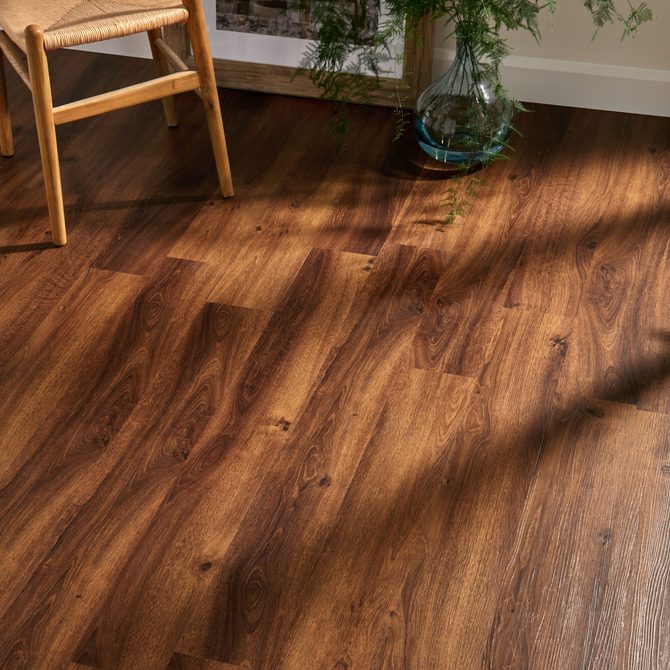
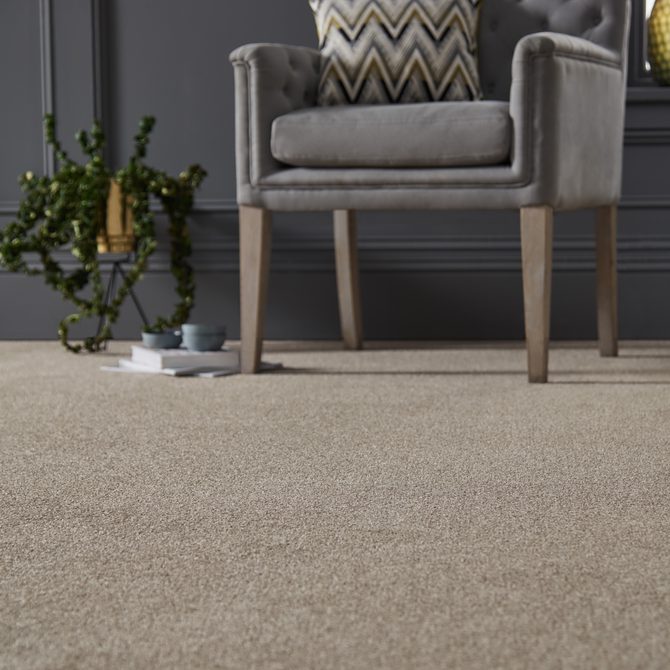
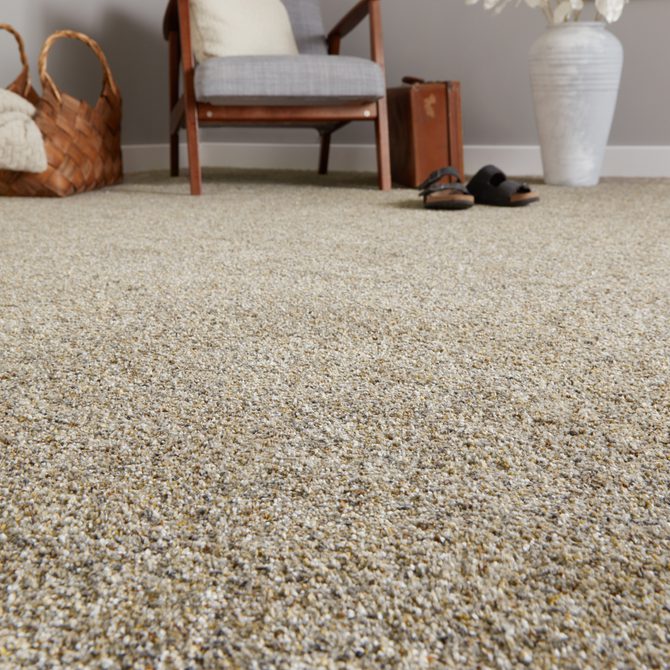
Can I build a room set for outdoor products?
Outdoor items can still be featured in a studio room set for the purposes of commercial lifestyle photography if the studio is large enough. Even bigger products such as patio furniture, benches, planters, and garden decor can photographed in an inviting outdoor set.
The challenge is to make the final images look natural. A combination of expert set design, props, photography and post-production techniques help to create the real-world feel of an image.
The benefit of shooting outdoor products in a studio is that you don’t have to rely on weather conditions. There is far more that can be controlled, which is beneficial when using multiple props and models in the shoot.
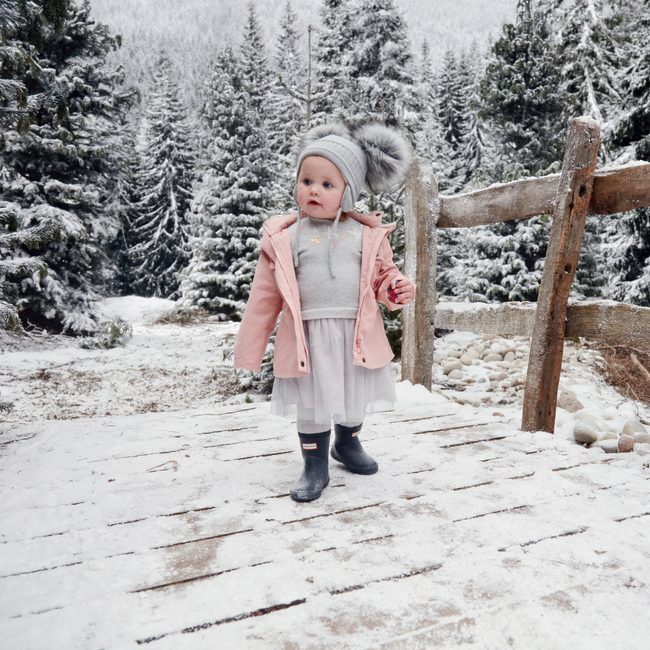
Mamas & Papas
We worked with Mamas & Papas on an indoor set in our studios that would become the perfect picturesque woodland.
Our expert set builders, production team, photographers and post-production specialists all collaborated on this shoot to make the impossible happen... on a big scale.
How Do I Plan A Room Set Design?
Planning a room set design for a photography or video shoot can be daunting as there are several steps to creating a visually appealing and effective setup. Here’s some tips to get you started.
Outline the project
You must ensure that you know where the final assets will be used and for what purpose. By starting here and working backwards, you can use your budget in the best way possible.
You must keep in mind the reasons you're producing new assets when building your set, and your shot list. Here you should consider your budget and whether you need to make any adjustments in the planning stages to keep on track.
Choose collaborators
Work closely with any stylists, designers, or internal teams involved in the shoot. Clear communication and collaboration can help ensure everyone’s vision is aligned and the final images meet expectations.
If you are using a professional studio for your shoot, get them involved at an early stage to discuss the project. It will pay off to use top lifestyle photographers, so look at portfolios to determine a good fit for your brand.
Collaboration will help you build on your concepts and understand what is possible. Experienced studios will suggest the best ways to approach the shoot and may have expertise for certain product types.
Plan the layout
Sketch out the layout of your room set initially either by hand or on design software. Consider the placement of furniture, decor, and other elements to create a balanced and inviting scene. You should also think about how the arrangement will look from different camera angles. Collaborating with all parties involved during the early stages will reduce challenges down the line.
Consider standard layouts of the room you are representing. Living room sets, kitchen sets and bathroom sets are the most common rooms to photograph interior products.
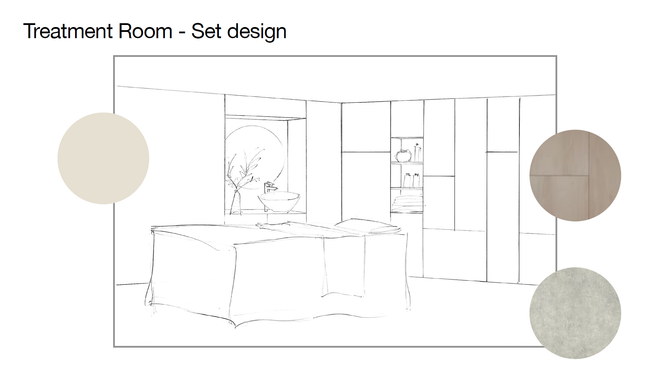

Styling and props
Use props and styling to enhance the set’s appearance to build storylines and add your brand's style. This could include adding plants, books, wall art or other decorative items that complement the theme and make the space feel more inviting. Think about including any other products you stock to demonstrate how your range works together - this is useful to encourage cross selling. Professional stylists can be a beneficial addition to your shoot to build a captivating image that aligns with your target customer profile.
You should also choose a colour scheme that aligns with your concept. Ensure that the colours of the interior furniture, decor, and props work well together and create a cohesive look. A mood board is often a good place to start, and allows general themes to be brought together to find combinations that work well.
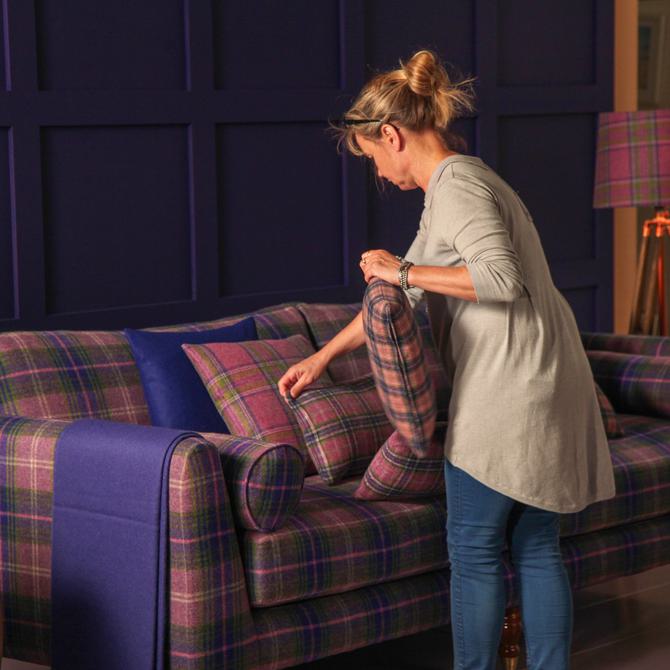

Lighting a room set
Consider how you will light your set to make it look both life-like and professional. You will need to control shadows and highlights particularly when using a high number of props and products. You should also think about the time of day your image needs to represent to control how the light interacts with the space accordingly.
Post-production
The post-production stage of your commercial shoot can breathe life into your images. It could include colour correction, retouching, and other adjustments to ensure they represent the product accurately and produce a professional finish. You can also add style elements such as views through windows and CGI elements.
How Quickly Can A Room Set Be Built?
The time it takes to build a room set for a lifestyle photography shoot can vary depending on the complexity of the design, capacity of the studio, and the availability of materials and props. However, here are some general guidelines for most studios:
Simple room sets
For straightforward set ups with minimal furniture and decor, a room set can often be built in a few hours. This includes arranging furniture, adding props, and setting up lighting.
Moderate complexity
More detailed room sets that require specific styling, multiple pieces of furniture, and intricate decor, may take a full day to set up once the plans are in place. This allows time for careful placement and adjustments to ensure everything looks perfect.
Complex room sets
Highly complex room sets, such as those requiring bespoke elements built from scratch, extensive props, or several sets, can take several days to complete. This includes time for construction, painting, and detailed styling. Time in between deconstructions must also be considered if multiple sets are to be used.
Effective planning in the lead up to a shoot can significantly reduce set up time. Having a clear plan for the set builders as well as a clear shot list can help reduce the time for a shoot.
How Do I Create A Mood Board For A Commercial Room Set Photography Shoot?
Creating a mood board for a room set photography shoot is a great way to visualise and plan the aesthetic and style of your images. Here’s some steps you can follow to get you started:
Choose your commercial goals
Start by deciding on the purpose of the final images and how you can use the design to achieve this. You may want to captivate an audience by telling a story, highlight the uses of a particular product, or position your brand to your audience. The overall theme or mood you want to convey should then follow. Think about overarching themes which could be modern, rustic, minimalist, or any other style that suits your products.
Gather inspiration
Collect images, colour swatches, textures, and other visual elements that inspire you. Websites such as Pinterest or Instagram are useful for inspiration. You can also read design blogs and speak to stylists to get up to speed with the latest trends in your industry.
Choose a tool
Use a digital tool to bring together and present your mood board. Most photo editing software will provide you with the tools to combine your ideas from imported images or screenshots.
Organise your images
Arrange your images on the mood board. Group them by colour, texture, or theme to create something that is easy to read – remember you will be sharing this with a wider team so it needs to be easy to understand. Make sure to include images, decor ideas, and props you think would complement your product.
Colour styles
Colour choices are incredibly important and allow you to elevate your brand to engage your audience. Purples and deep reds are associated with luxury, whilst pastel pinks and yellows evoke fun. A monochromatic style will look clean and polished, an analogous colour pallet will draw out the seasons well, or a complementary pallet will make your image pop but could be distracting if used incorrectly.
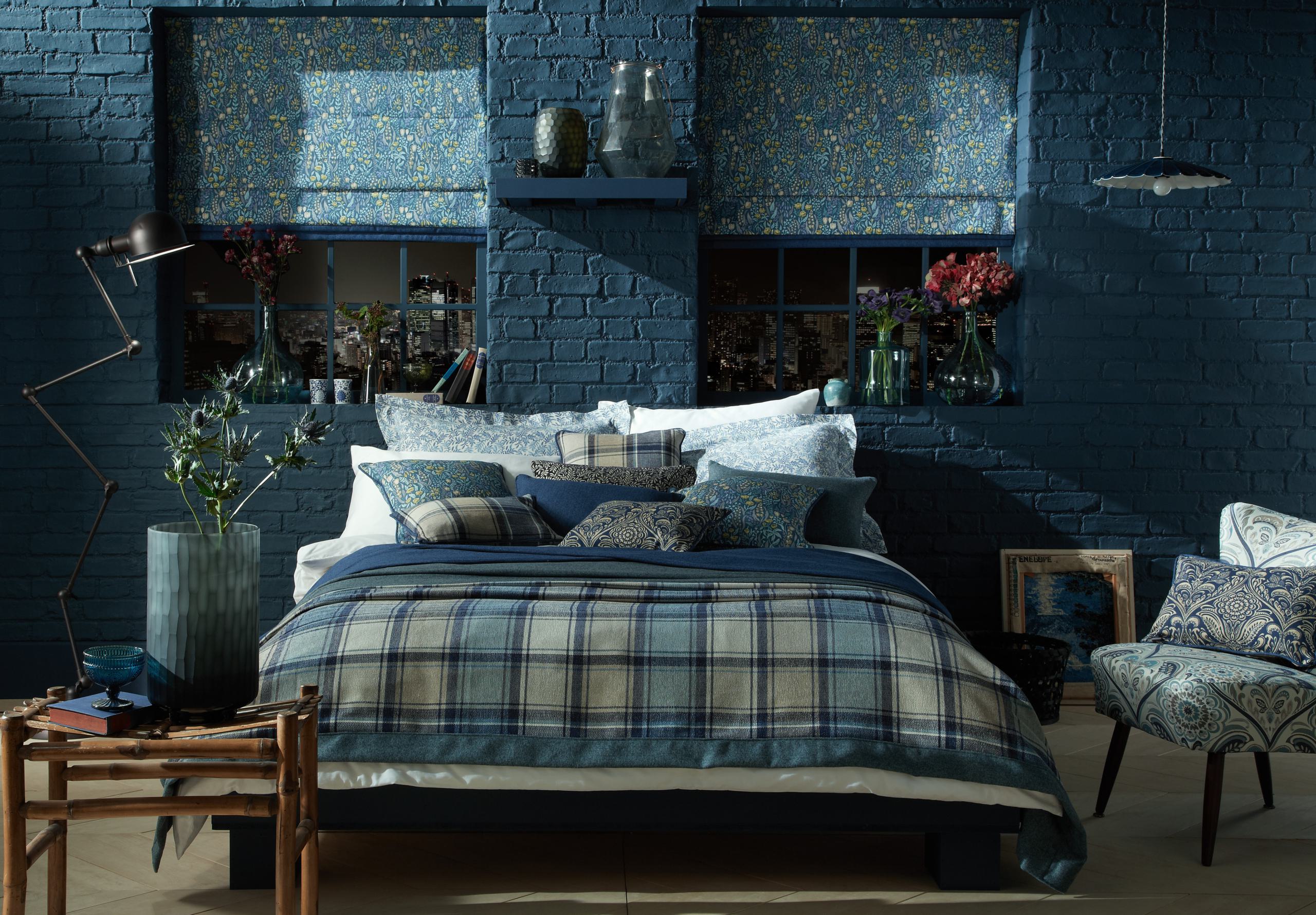
Use words
In addition to images, words can be useful to maintain a cohesive style. Defining a direction early with some key words and phrases will help bring the mood board together effectively. This can also help explain the impact you would want from the lighting or angles during the shoot.
Review and Refine
Take a step back and review your mood board - ideally the next day with a fresh perspective. It’s good to review once or twice, but remember this is still the planning stage and not all the decisions have to be made now.
Share with Your Team
Once you’re satisfied with your photography project mood board, share it with your team. This ensures everyone is on the same page and can contribute to achieving the desired outcome. They may want to provide input at this stage, and although you should welcome it, be careful it doesn’t veer from the original goals set out earlier in the process.
How Do I Style A Room Set For A Photography Shoot?
Styling a room set for a commercial photography shoot involves careful planning and attention to detail. After you have created your mood board, it’s time to think about how to bring your product, props, and decor together to create your image.

Plan the layout
Sketch the layout of your interior room set either with a pen and paper, or design software. It can be useful to include measurements to ensure the spacing between items works with the look you’re trying to achieve. Consider the placement of furniture, decor, and other elements to create a balanced and inviting scene. If you are shooting from different angles, you need to consider how this will affect the arrangement you need.
Pick out your props
Props should enhance the room’s appearance, but not be the star of the show – you want your product to be the main focus of the image. Think about interior design trends, and popular home furnishings for your customer profiles.
If you have an international customer base, you’ll need to do your research to make your images authentic. Research will pay off here to stop you from being caught out with culture differences and risk losing engagement.
Plan the finer details
Plan how your colours, textures and fabrics combine to complement each other. Think more deeply about how each of these elements interact to add interest to the image without distracting from your products. This is where using an experienced stylist will really help.
Work to your budget
You should also be thinking about your shot list at this stage to ensure your set is designed to enable you to capture everything you need. This includes any post-production to enhance the final images. Keep your budget in mind, as you may need to make some compromises either on your shot list or set build. Often post-production is your saving grace as you can make up for any cutbacks in the set build at this later stage. Just be sure to involve your image editor before making assumptions.
How Do I Get The Lighting Right For My Room Set Photography Shoot?
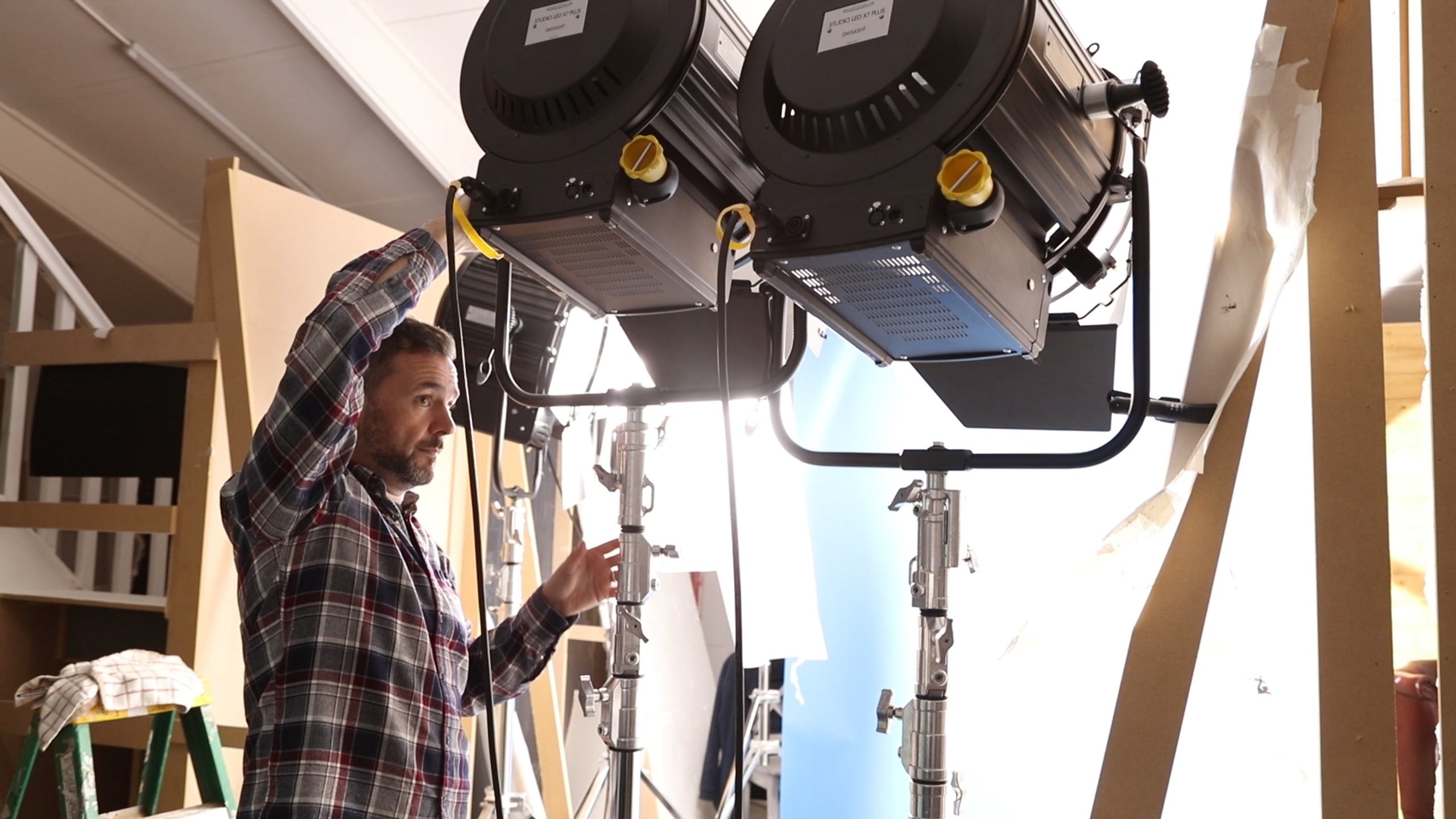
When lighting a room set, you should consider the time of day – what story do you want to tell in your imagery? Is it a moody evening scene, or a bright spring morning.
Then you’ll need to understand how the light interacts with the space, including additional props and decor. Consider how light may enter the room as if it was real life. For example, mock up windows need to appear to let in light if the scene represents daytime.
You will also need to keep an eye out for light reflections in glass or shiny surfaces. Be careful of these, but you can usually correct them during post-production if time and budgets allow. Use multiple lights as well as reflectors and diffusers to create a balanced, natural look. For a darker evening scene, use the props as lighting such as lamps in conjunction with subtle studio lighting.
It's useful to take multiple test shots and review them on a larger screen to check for any lighting issues ahead of time. Studios can often only support sets for a brief window before moving onto the next shoot - be wary of the time and prepare in advance.
How To Get The Most Out Of a Room Set?
Bespoke room sets come with a budget requirement, which is why we’re always on a mission to help clients get the most out of what they’ve commissioned.
Use multiple decors
If you’ve got multiple products and are wanting different scenes, you can get clever with how you use props, decor, and angles. The key is to alter multiple elements of the set, whilst maintaining the look and feel of the brand. This is why choosing a specific theme is important for creating consistency across your images.
Use the room set to capture videos
Whilst the set is built, get as much content as you can by using various media formats. Video is the most obvious way to extract additional value out of your set, and you can also think about stop motion as an option. Videos can be more engaging than stills, and can add value to ecommerce listings.
Go behind-the-scenes
Offer your customers a peek behind the curtain and show your creation without filters. This authentic content works well on social media channels and can be a useful addition to your campaign. Both stills and videos work well, and you could even capture the audio on set or in an interview format.
Enhance post-production
We recommend trialling post-production techniques that can create a more diverse range of assets for your marketing campaign. You can also consider elements of CGI that can make your images immersive and cost-effective.

Building Two Sets In One
Workwear brand Grahame Gardner approached us with a room set project where maintaining the desired high-end aesthetic whilst keeping costs down was the goal.
Our team got creative with the solutions. We used a floating wall for the reception area which, once removed, would become the treatment room - we created two sets in one!
The project contained a number of cost saving techniques.
How Can I Be Creative With Room Set Photography?
Using storytelling in commercial room set photography can elevate your images by creating a narrative that engages viewers and evokes emotions.
Define the story
You should start by choosing the characters in your story – regardless of whether you use models or not, you can represent their story effectively in a living space. This could be a specific lifestyle, a moment in time, or the functionality of the space. Think about your target demographic and how you want your brand to be perceived.
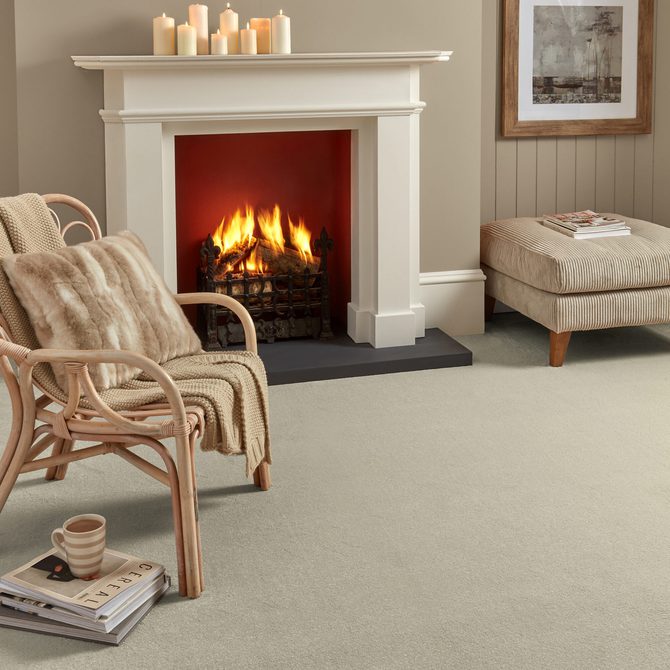
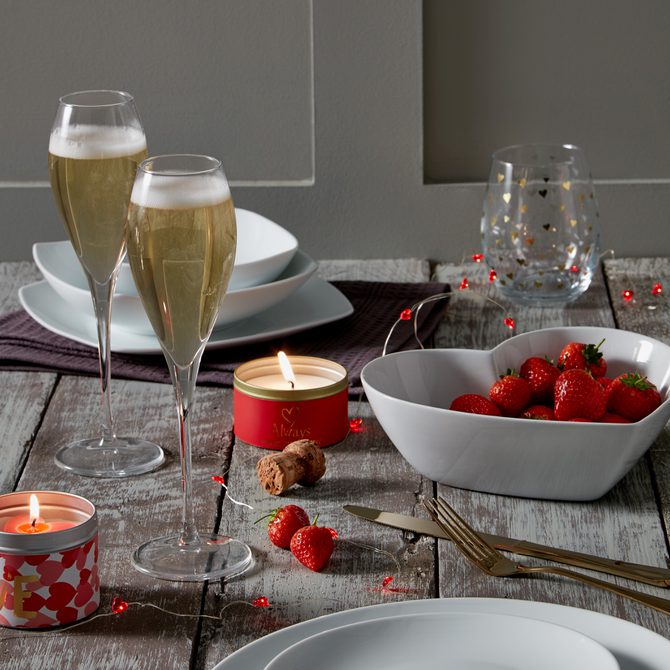

Link the narrative to the design
Once your story has been created, design a room as if you would a scene in a film. Your style choices should be based on your characters - it's most effective if your audience can relate to the setting.
Characters and props
Introduce elements of the set that tell your story. This could be people, pets, or even objects that suggest the space is lived in - a book that’s left open, or a cup of coffee on a side table are simple approaches. Your brand tone and demographics should dictate your direction.
Details and close-ups
Focus on small details that add depth to your story. Close-up shots of textures, patterns, and personal items can make the scene feel more intimate and real. Don’t be afraid to be playful in the details - those that notice will appreciate subtle humour and nods to your brand values.
Lighting and mood
Use lighting to set the mood, depict a time of day, and enhance the narrative. Soft, warm lighting can help to produce a calm, inviting atmosphere, while bright, natural light can convey freshness and energy.
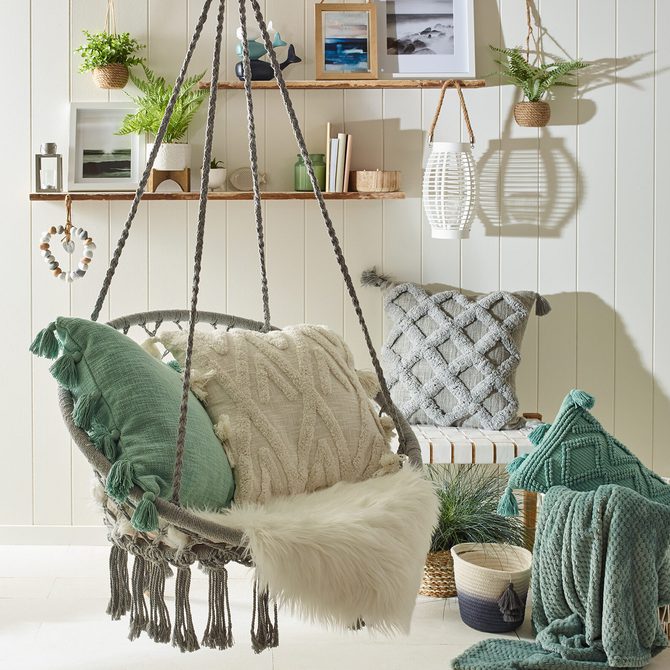
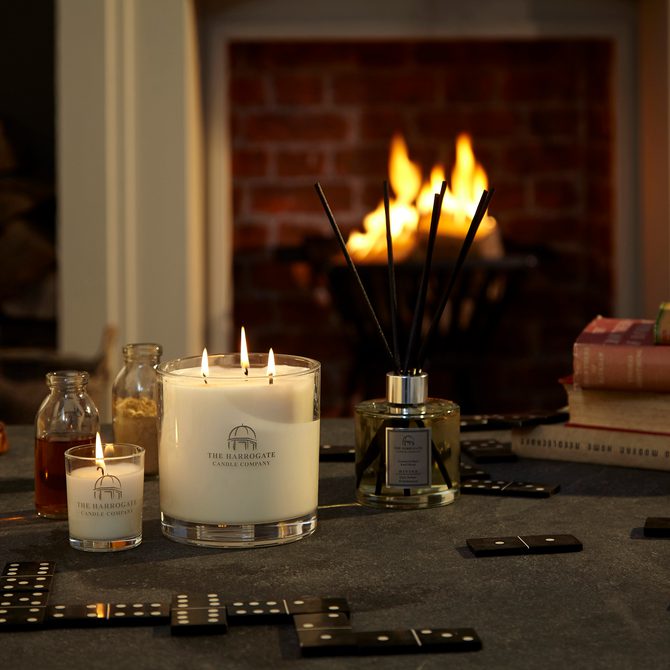
Sequence of lifestyle shots
You could consider shooting a series of images that together tell a more complete story. This can include wide shots to set the scene, detail shots to pick out points of interest, and action shots that show interaction with the space. Just remember to always include your products in every shot.
What Are The Common Challenges Faced During Room Set Shoots?
Room set photography can be quite complex and comes with its own set of challenges. That’s why it can help to involve an experienced photography studio early in the process.
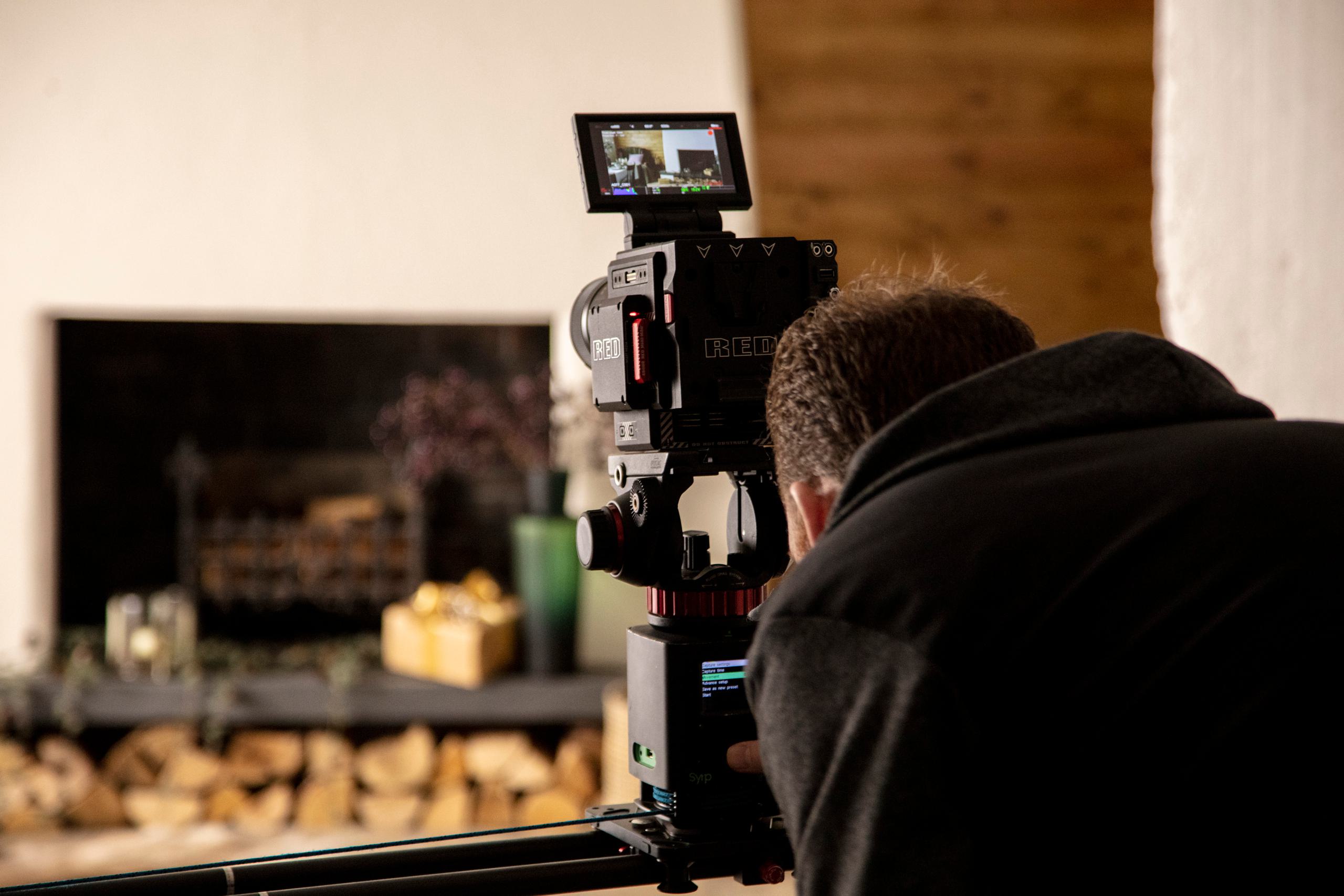
Space constraints
Limited studio space can make it difficult to produce the lifestyle photography shots you need, particularly when you’re photographing furniture or there’s added props. Be wary of restrictions to camera angles and impacts on lighting setups.
Lighting issues
Achieving the right lighting balance for your set and story is crucial. The lighting needs to be carefully managed to avoid harsh shadows or overexposure. Partnering with room set experts will help you get it right, as it can be difficult if you haven’t done a large-scale shoot before.
Time management
Setting up a room can be time-consuming, especially if multiple set ups are required with alternative decor, prop layouts, and products. Efficient planning and time management are essential to stay on schedule. Make time for last minute changes on the fly, or additional shots that you feel would work well in the moment – this will allow you the creative freedom without impacting on your shoot.
Styling and props
Ensuring you get the right balance of props, and styling the interior room to look real yet appealing, can be challenging. Here, a stylist is worth every penny as they ensure your product is complemented by the surrounding props and decor.
Sets can quickly become too cluttered and lack cohesion without an expert eye. Choose a stylist that specialises in your product category and look over their portfolio to ensure their style matches your taste - remember, lifestyle photography is a subjective artform.
Technical glitches
Equipment issues can easily derail a shoot. Always make sure you have back-up equipment and don’t neglect the basics of ensuring everything is fully charged and you have enough memory storage.
Only use equipment and software that you’re familiar with, otherwise make sure to practice beforehand. Using unfamiliar equipment will only delay your schedule and could harm the quality of your images.
Consistency
Consistent images work best for catalogue and ecommerce stores, but this can be difficult across a wide range of products in a commercial lifestyle photography project. Be sure to replicate the same lighting set ups and review images as a collection in the post-production stage.
Post-production
Post-production can remedy many of the challenges to photography. But the ‘save it in the edit’ mentality can cause problems. On occasion, post-production can be very time consuming especially if correction work is required over multiple images. It requires attention to detail to ensure colours, lighting, and shadows are balanced. It may also be difficult to achieve certain outcomes without strong photography in the first place.
How Much Does a Commercial Room Set Photo Shoot Cost?
The cost of building a room set for a photography shoot can vary widely due to the complexity of the design, the size of the space, and the materials and props used.
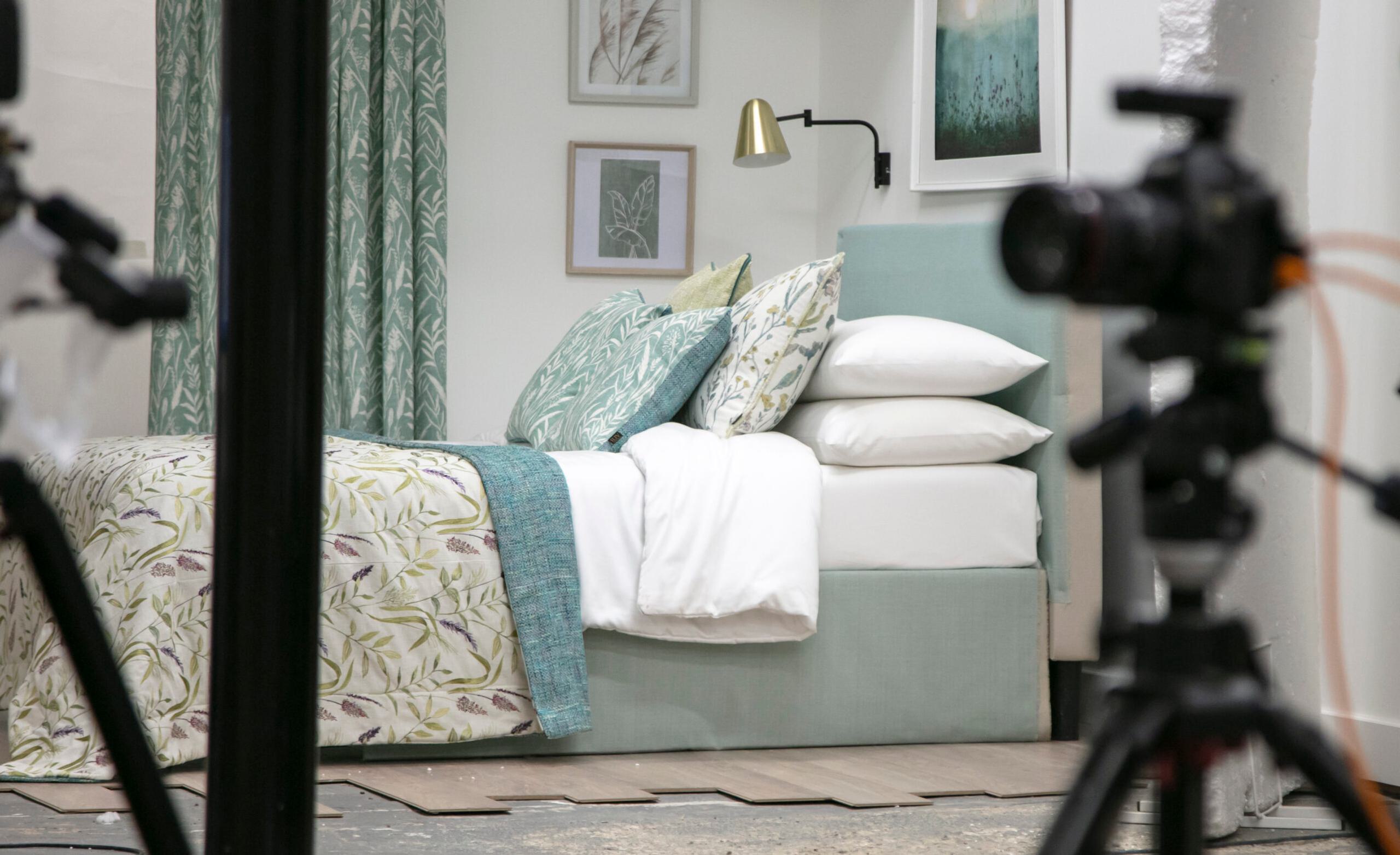
There's several additional costs to consider for stylists, and any models you use. Occasionally post-production may be costed separately to the photography.
Although there are budget requirements for lifestyle photography projects, there are usually solutions to work to keep the shoot affordable. By considering these factors in advance, you can give yourself the best chance of a cost-effective room set photography shoot.
How Can I Make a Room Set Cheaper?
It's possible to reduce the costs of a room set, and it may not be as expensive as you initially think.
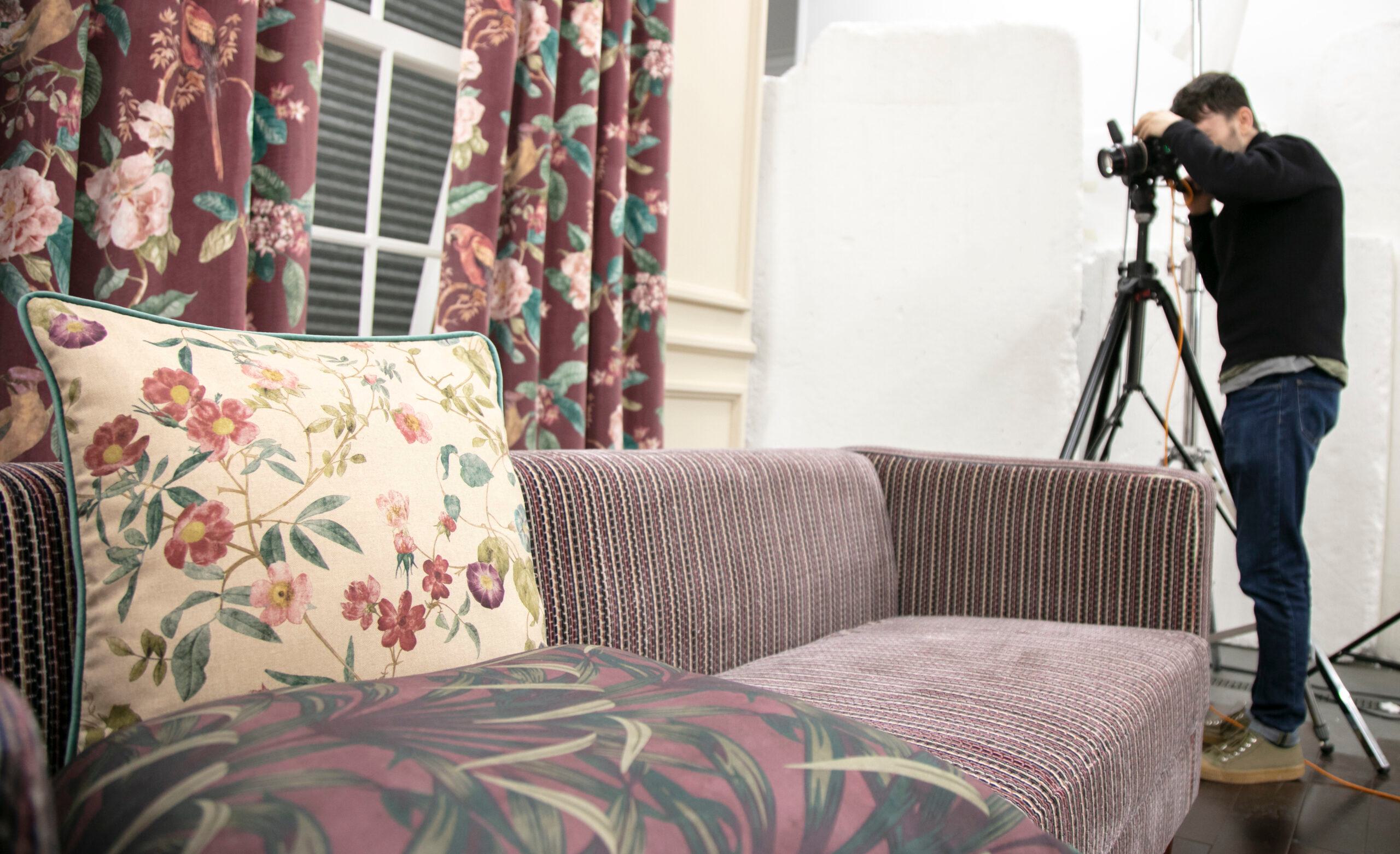
Use what you have
Start by using furniture and decor items you already own, or use a studio that has a prop library. If you must, you could shoot in a pre-existing room that fits your lifestyle project, however this may be difficult to find.
Use props, not the real thing
Most textures can be recreated for photos using vinyl wraps or even polished up in post-production. Don’t buy the real thing if it can be mocked up. Expert set builders will be able to use inexpensive MDF wood, turning this into kitchens, bathrooms, and furniture for the images.
Borrow or rent
If you need specific items for your shoot, consider borrowing items from your network or renting from a prop company. This can be more cost-effective than buying new items.
Minimalist approach
If it fits with your brand and customer personas, utilise a minimalist style that requires fewer furniture pieces. This can bring a focus to your product by using simple, clean lines to create an elegant look. Be careful that you don’t take this too far, as the scene may begin to look sparse.
Digital backgrounds
To achieve certain lifestyle shots, you can use digital backgrounds (known as virtual production), green screens, or 'comping' the photography to a pre-existing image to create the illusion of a more elaborate set without the physical cost. It may not achieve the same quality or scale as a full set build, but it can provide the theme you desire. You could also think about using CGI for the room set, however, if you are starting from scratch without renders, this may not be an affordable option for you in the short term.
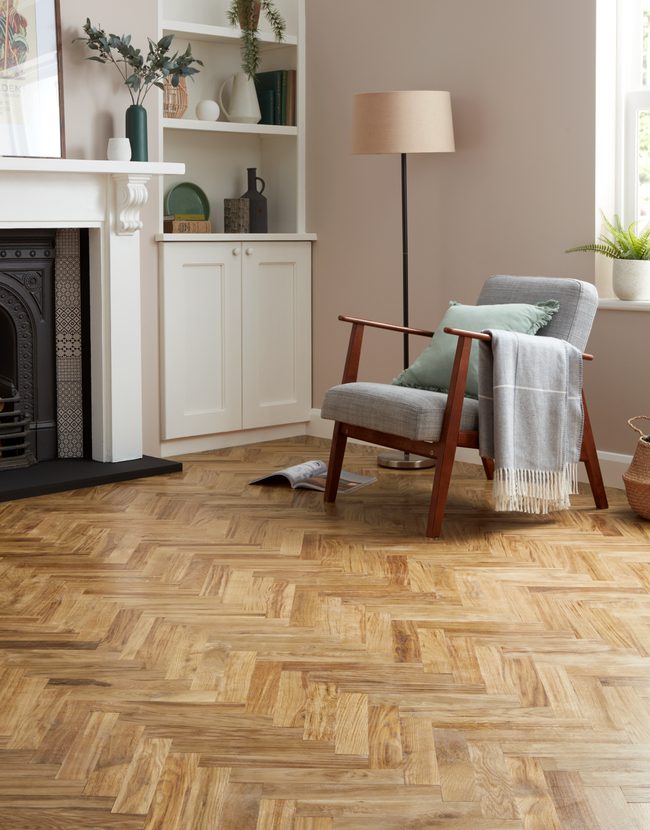
Our Room Set Photography Services
Prodoto builds sets as well as shooting professional photography and videography for brands of all sizes, including some of the biggest names in the game. In fact, we’ve delivered shoots for over 1,200 clients! Our top lifestyle photographers are happy to have a conversation about how we can help you.
Take advantage of our knowledge and experience of delivering quality photography and video audiences love, capturing seasonal styles and trends.


